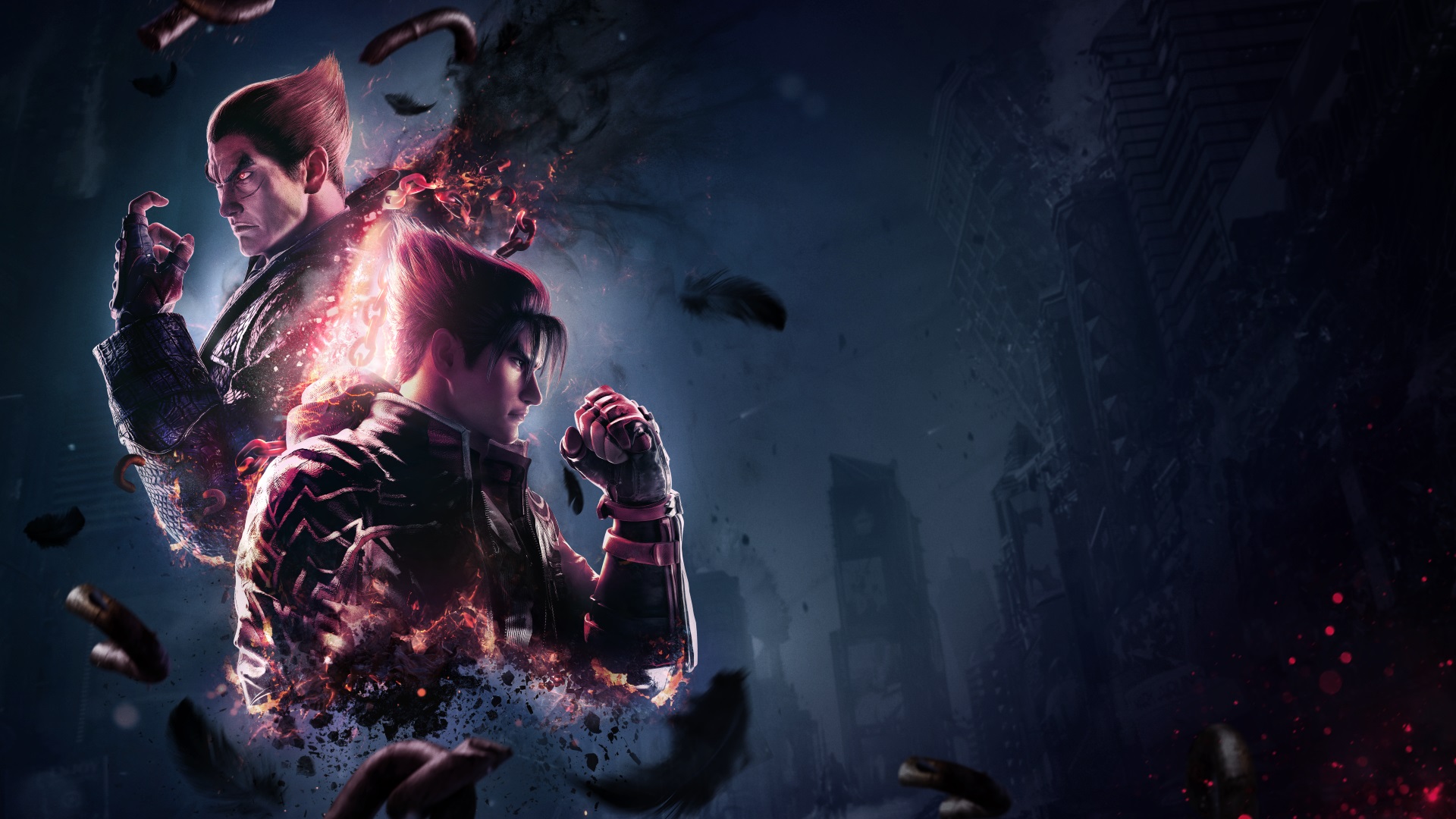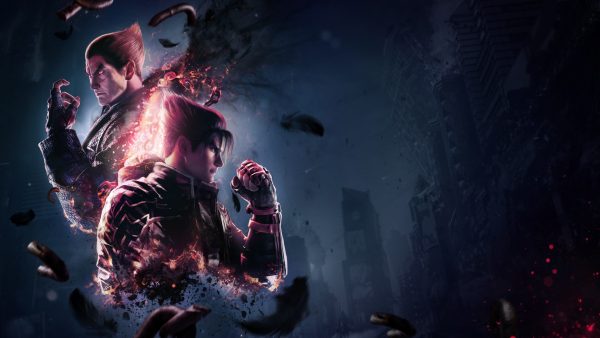Fortunately, the devevelopers over at Bandai Namco Entertainment have a secret assist for us: the input buffer. The input buffer in Tekken 8 (and fighting games in general) allows players to be more consistent with their mechanics, without having to do frame perfect inputs in every single situation. It also helps make combos a lot easier to land otherwise, so getting to grips with it is important to improving your play at an intermediate level.
Curious about how to level up your execution from a beginner baseline? Read on to find out how the input buffer can help you be more consistent!
What is the Input Buffer in Tekken 8?
The input buffer is an invisible “storage space” that stores any inputs made by players during times when they cannot act otherwise. These inputs are stored in the buffer for up to eight frames at a time, or about 0.13 milliseconds. While this may not sound like a lot of time to store an input, it is actually much more noticeable in practice.
For example, you can input any direction or attack when you are recovering after throwing out an attack that landed on an opponent — whether on block or on hit. This will be stored by the input buffer, and will cause the game to make the input come out immediately as if you had done it the moment you were able to act again.
Incidentally, the input buffer is the very reason why the act punishing blocked moves is at all consistent. For example, say you block Devil Jin’s One Two Knee (1,2,4) which is -10 on block. The input buffer allows you to punish this move without necessarily having frame perfect inputs on your 10 frame punisher. The extra leniency from the buffer lets you be a tiny bit late in this regard.
Note that the input buffer is only concerned with the last input in storage. So although you can theoretically buffer eight different inputs within the buffer window, only the last input will actually matter.
How Do You Actually Use the Input Buffer?
To tell you how to actually take advantage of the input buffer, we’ll mention a classic practical example: King’s Giant Swing (f,hcf+1) — one of his most important throws. You can buffer the forward input by holding it during the animation of his 1 jab, or even his 1,2 combination. Then, you can do the hcf+1 input once you recover from the jab. The throw will still come out at the soonest possible time.
This way, you can “skip” certain parts of complex inputs in order to have them come out more easily. Doing the full f,hcf+1 input on pad or stick without buffering can feel very awkward, so the input buffer helps make things more comfortable and intuitive. In addition, this allows you to “hide” your intentions of doing a Giant Swing in the first place, since the buffer in turn will allow you to skip the forward walk from the throw’s startup animation. This makes Giant Swing less telegraphed — although you risk becoming predictable if you do this too often.
As mentioned before, the input buffer is also useful during juggle combos. Since you can’t act in the middle of attack animations, you can buffer the next input in your combo (wherever in the combo you may be at the time) during things like tornado flips and Heat Engager runs. As a result, you don’t always have to be frame perfect with your inputs to do match-practical combos.
In the clip above, notice that the Devil Jin is already inputting the directionals for Laser Scraper (b,f+2,1,d/f+2) during the Heat Engager run animation, and the game still accepts this as a valid input as soon as he can act again.
Can You Buffer Everything in Tekken 8?
Unfortunately, not everything under the sun in Tekken 8 is stored by the input buffer. Moves that come out of stances, including things like crouch dash moves, cannot be buffered at all. If you aren’t already in the stance required for a stance move during your recovery frames, then you cannot buffer that input.
Moves that cannot be buffered are therefore considered to be unreliable or difficult to execute when it comes to using them as punishment tools. For example, the Electric Wind God Fist (f,n,d,d/f:2), which comes out in 13 frames at best with Kazuya and Reina (with a shortened input) and 14 frames for Devil Jin, cannot enjoy buffer privileges for the entire input. You can buffer the forward motion, but not the rest.
Also, the move itself requires a very short crouch dash before it can come out, so realistically you won’t be using it to punish moves that are -13 to -15 on block — especially not in an online environment. Punishing -16 or worse moves, however, is quite realistic, since you’ll have an extra two frames of leniency this way. Add the fact that you can buffer the forward input while you’re recovering from blockstun, and you’ve got a good shot of actually landing it this way.
What is Button Buffering?
Although unrelated to the input buffer strictly speaking, we might as well talk about button buffering: a technique that allows you to be more consistent with moves that require simultaneous button presses.
Sometimes you might, say, do an u/f+3+4 input with Devil Jin to punish Paul’s Phoenix Smasher (qcf+2), only to realize that you didn’t press the buttons exactly at the same time — instead causing a 3~4 input. To avoid this and to guarantee that you get the 3+4 to come out properly, you can hold one of the two attack buttons in advance.
For example, you can hold 3, then press u/f+4 while still holding 3 as soon as you can act. The game treats this as a real f+3+4 input, and you’ll get your punish every time without messing up. Of course, doing this takes presence of mind and the reaction speed to confirm that you need to buffer a button, so it’s often easier said than done. Still, for everything else that this would be useful for, there’s no reason not to practice it.


